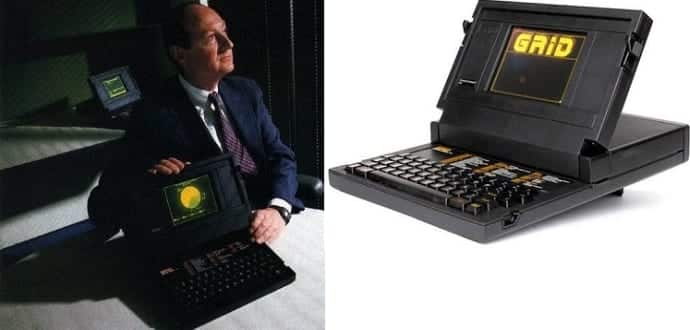John Ellenby, The Man Who Helped Create Laptop, Dies at 75
John Ellenby, a British-born computer engineer who played a critical role in paving the way for the laptop computer, died on Aug. 17 in San Francisco. He was 75.
Many of you may not know him but the laptops you use are based on the pioneering work John Ellenby did in 1980s. In fact, in the tech community, he is known as the Godfather of laptops.
His son Thomas confirmed the death but said the cause had not been determined.
Ellenby flirtation with laptops started when he founded Grid Systems, a company in Mountain View, Calif. As chief executive, he assembled an engineering and design team that included the noted British-born industrial designer William Moggridge. The team together produced a clamshell computer which was to be the predecessor of today’s laptops that we use.
Grid called this product Compass and it became a sensation at that time with its orange electroluminescent flat-panel display. Compass was released for buyers in 1982. “The Grid Compass was the first successful clamshell laptop computer,” said Marc Weber, a historian at the Computer History Museum in Mountain View.
Compass became a huge hit with big corporations but its biggest buyer were government spies. The small design helped the government spies, White House and Pentagon officials to store it easily. Compass was liked even by astronauts, and it was so sturdy that survived the midair explosion of the space shuttle Challenger in which seven people died.
Ellenby’s Compass did not come cheap so the buyers were mainly from large corporations and governments. Compass was being retailed at $8,150 ($20,325 today) with its data storage capacity called bubble memory.
One version, intended for United States special-operations forces, was said to have come with a red dot on its black magnesium case, placed there as an aiming guide for any commando who might have to shoot the device to destroy its data quickly.
NASA also used one as a backup navigational device in its space shuttle program. One was aboard the Challenger on the morning of Jan. 28, 1986, when a rocket-booster failure destroyed the craft shortly after liftoff from Cape Canaveral in Florida. The Compass, which had been attached to a dashboard with Velcro, was recovered from the debris and found to be still working.
Coming back to Ellenby, he was born in Corbridge, in northern England, on Jan. 9, 1941, to Conrad Ellenby, a zoologist, and the former Mary McCarraher, a biologist. He studied economics and geography at University College London and spent a year in the early 1960s studying at the London School of Economics, where he encountered mainframe computers.
He later worked for the British computer maker Ferranti and lectured on computing at the University of Edinburgh in Scotland. He moved to Northern California in the early 1970s to work for the Xerox Corporation at its Palo Alto Research Center. He worked on a Xerox desktop computer called Alto, which would become an inspiration for the Apple Lisa and Macintosh, and for Microsoft Windows.
Ellenby was instrumental in managing the development of the Alto II, a version of the prototype that could be manufactured more easily. He had earned a reputation as a technologist who was adept at turning technologies into products.
Ellenby left Xerox to found Grid in 1979. After 9 successful years at Grid, Ellenby sold it to the Tandy Corporation in March 1988. He went on to start Agilis, a maker of hand-held tablet computers, and, with his son Thomas, GeoVector, which pioneered navigation and augmented-reality applications.
In addition to his son Thomas, Mr. Ellenby is survived by another son, Peter, and a granddaughter.


